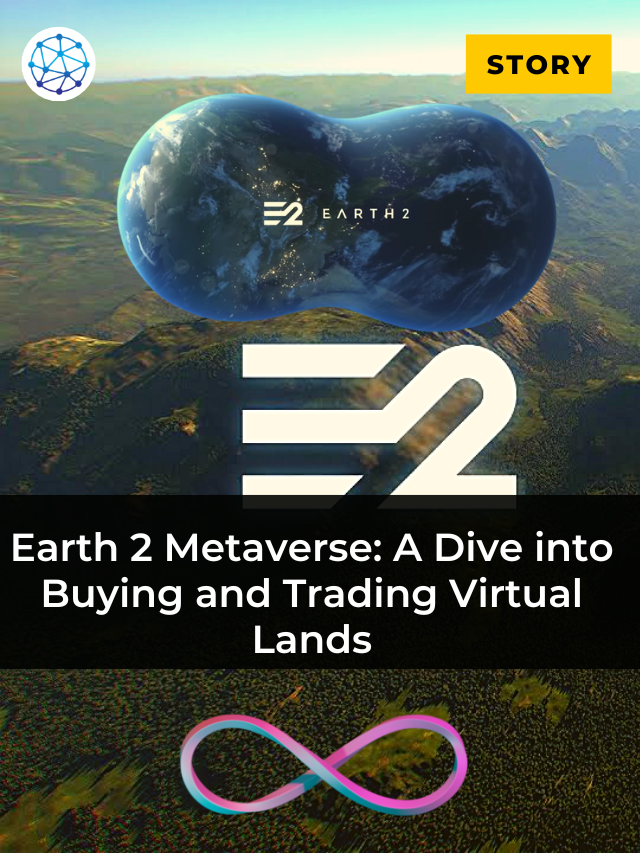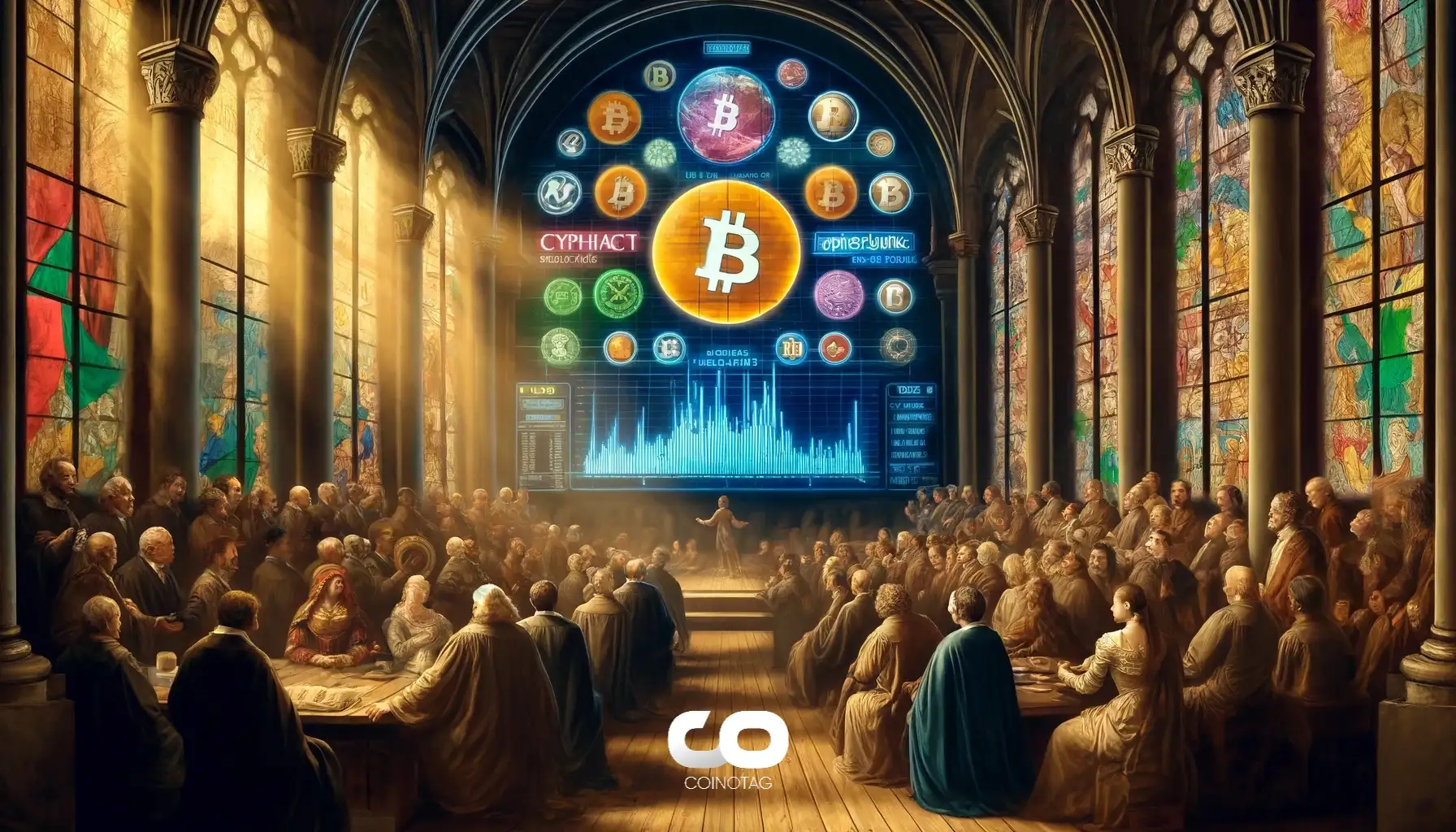“Metaverse Currencies: A Deep Dive into the Digital Economies of Virtual Worlds
Artikel Terkait Metaverse Currencies: A Deep Dive into the Digital Economies of Virtual Worlds
- Web3 Authentication: A Deep Dive Into The Future Of Secure Access
- NFT Utility: Beyond The Hype – Real-World Applications And The Future Of Non-Fungible Tokens
- NFT Airdrops: A Comprehensive Guide To Free Digital Assets
- Digital Avatars: A Comprehensive Exploration
- Decentralized Identity: A Deep Dive Into The Future Of Digital Identity
Table of Content
Video tentang Metaverse Currencies: A Deep Dive into the Digital Economies of Virtual Worlds
Metaverse Currencies: A Deep Dive into the Digital Economies of Virtual Worlds
The metaverse, a burgeoning network of interconnected virtual worlds, is rapidly evolving from a futuristic concept to a tangible reality. At the heart of this digital frontier lies a critical component: metaverse currencies. These digital assets serve as the lifeblood of metaverse economies, enabling transactions, incentivizing participation, and shaping the very fabric of these immersive environments.
What are Metaverse Currencies?
Metaverse currencies are digital assets designed for use within specific virtual worlds or across the broader metaverse ecosystem. They function as mediums of exchange, units of account, and stores of value, mirroring the roles of traditional currencies in the physical world. However, unlike fiat currencies issued by central banks, metaverse currencies are typically based on blockchain technology, offering decentralization, transparency, and enhanced security.
Key Characteristics of Metaverse Currencies:
- Digital Nature: Metaverse currencies exist solely in digital form, represented as cryptographic tokens on a blockchain.
- Decentralization: Most metaverse currencies operate on decentralized networks, reducing reliance on central authorities and promoting user autonomy.
- Scarcity: Many metaverse currencies have a limited supply, designed to prevent inflation and maintain value over time.
- Interoperability (Potential): While not always the case, some metaverse currencies aim to be interoperable, allowing users to seamlessly transfer and use them across different virtual worlds.
- Utility: Metaverse currencies are designed to have specific use cases within their respective virtual environments, such as purchasing virtual goods, accessing exclusive experiences, or participating in governance.

Types of Metaverse Currencies:
Metaverse currencies come in various forms, each with its own characteristics and functionalities:

In-World Currencies: These are native currencies specific to a particular metaverse platform or virtual world. They are typically used for transactions within that environment and may not be easily transferable to other platforms. Examples include:
- MANA (Decentraland): Used for buying virtual land, goods, and services within Decentraland.
- SAND (The Sandbox): Used for acquiring LAND, creating and trading assets, and participating in governance in The Sandbox.
- ROBUX (Roblox): Used for purchasing items, avatars, and experiences within the Roblox ecosystem.

-
Platform-Specific Currencies: These currencies are associated with a specific metaverse platform or ecosystem but may have broader utility beyond a single virtual world. They often serve as a common currency across multiple experiences within the platform. Examples include:
- ETH (Ethereum): While not strictly a metaverse currency, ETH is the native currency of the Ethereum blockchain, which hosts many metaverse projects and is used for transactions within those projects.
- MATIC (Polygon): Polygon is a layer-2 scaling solution for Ethereum, and its native token, MATIC, is used to pay for transactions and interact with metaverse applications built on Polygon.
-
Cross-Metaverse Currencies: These are designed to be used across multiple virtual worlds and platforms, promoting interoperability and seamless transactions across the metaverse. While still in early stages of development, some projects are exploring the creation of such currencies. Examples include:
- APE (ApeCoin): ApeCoin is an ERC-20 governance and utility token associated with the Bored Ape Yacht Club (BAYC) NFT collection. While initially focused on the BAYC ecosystem, it aims to be used across various metaverse experiences.
-
Stablecoins: These are cryptocurrencies designed to maintain a stable value, typically pegged to a fiat currency like the US dollar. Stablecoins can be used within the metaverse to provide price stability and facilitate transactions without the volatility associated with other cryptocurrencies. Examples include:
- USDT (Tether): A popular stablecoin pegged to the US dollar, used in various metaverse platforms for trading and transactions.
- USDC (USD Coin): Another stablecoin pegged to the US dollar, known for its transparency and regulatory compliance.
Use Cases of Metaverse Currencies:
Metaverse currencies enable a wide range of activities and interactions within virtual worlds:
- Purchasing Virtual Land and Assets: Metaverse currencies are used to buy virtual land, buildings, avatars, clothing, and other digital assets within virtual worlds.
- Accessing Exclusive Experiences: Some metaverse platforms offer exclusive experiences, events, or content that can only be accessed by users who hold or spend specific metaverse currencies.
- Participating in Governance: Many metaverse projects use their native currencies to enable users to participate in governance decisions, such as voting on proposals or shaping the future direction of the platform.
- Creating and Monetizing Content: Metaverse currencies can be used to reward creators for their contributions to the virtual world, such as building experiences, designing avatars, or creating art.
- Gaming and Entertainment: Metaverse currencies are used in play-to-earn games, where players can earn rewards for their participation and achievements.
- Social Interactions: Metaverse currencies can be used to tip creators, donate to charities, or engage in other forms of social interaction within virtual worlds.
- Advertising and Marketing: Businesses can use metaverse currencies to pay for advertising space or sponsor events within virtual worlds, reaching a targeted audience of metaverse users.
Challenges and Considerations:
Despite their potential, metaverse currencies face several challenges and considerations:
- Volatility: Many metaverse currencies are subject to price volatility, which can make them risky to hold or use for transactions.
- Regulation: The regulatory landscape for metaverse currencies is still evolving, and there is uncertainty about how they will be treated by governments and financial institutions.
- Security: Metaverse currencies are vulnerable to hacking and theft, requiring users to take precautions to protect their digital assets.
- Interoperability: The lack of interoperability between different metaverse platforms and currencies can limit their utility and create friction for users.
- Adoption: Widespread adoption of metaverse currencies requires greater awareness, education, and user-friendly interfaces.
- Scalability: Some blockchain networks struggle to handle the high transaction volumes required for metaverse economies, leading to slow transaction times and high fees.
- Centralization Risks: While many metaverse currencies are designed to be decentralized, some projects may still be controlled by a small group of individuals or entities, raising concerns about centralization.
The Future of Metaverse Currencies:
The future of metaverse currencies is bright, with potential for significant growth and innovation:
- Increased Adoption: As the metaverse becomes more mainstream, we can expect to see increased adoption of metaverse currencies for various use cases.
- Improved Interoperability: Efforts to improve interoperability between different metaverse platforms and currencies will make it easier for users to move their assets and identities across virtual worlds.
- Greater Regulatory Clarity: As regulators become more familiar with metaverse currencies, we can expect to see clearer rules and guidelines that provide greater certainty for businesses and users.
- Integration with Traditional Finance: Metaverse currencies may become more integrated with traditional financial systems, allowing users to easily convert between fiat currencies and metaverse currencies.
- New Use Cases: As the metaverse evolves, we can expect to see new and innovative use cases for metaverse currencies, such as decentralized finance (DeFi) applications, non-fungible token (NFT) marketplaces, and virtual real estate investments.
- Focus on User Experience: Future metaverse currency projects will likely prioritize user experience, making it easier for users to acquire, manage, and use their digital assets.
Conclusion:
Metaverse currencies are a fundamental building block of the metaverse, enabling economic activity, incentivizing participation, and shaping the future of virtual worlds. While they face challenges such as volatility, regulation, and interoperability, their potential for growth and innovation is immense. As the metaverse continues to evolve, metaverse currencies will play an increasingly important role in creating immersive, engaging, and economically vibrant digital environments.

